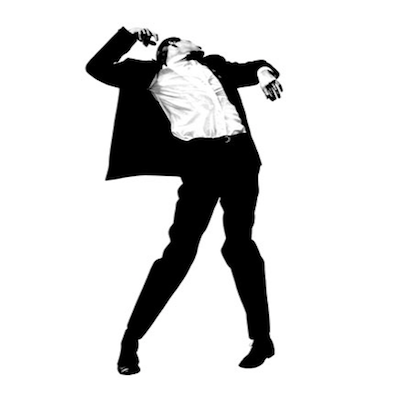
Details
Artist
Styles
Sheet: 67.5 x 62.5 cm - Image: 50 x 60 cm - Published by Georges Fall - Printed by Artcay // Ben Vautier’s N’importe qui peut avoir une idée is a conceptual lithograph that reflects the artist's playful and thought-provoking engagement with language. The black and white composition features the handwritten text, N’importe qui peut avoir une idée (Anyone can have an idea), positioned prominently in the center of the piece. The simple, casual script emphasizes the accessibility of ideas and creativity, challenging the notion that inspiration is reserved for a select few. Known for his contributions to the Fluxus movement, Vautier's work often blurs the boundaries between art, language, and everyday life. This print, published by Georges Fall and printed by Artcay, encapsulates Vautier’s message that art and ideas belong to everyone. The handwritten style further personalizes the message, giving it a direct and intimate quality, as if the artist is speaking to the viewer directly.
N’importe qui peut avoir une idée, c. 1980
form
Medium
Size
67.5 x 62.5 cm
- Inches
- Centimeters
Edition
Price
Details
Artist
Styles
Sheet: 67.5 x 62.5 cm - Image: 50 x 60 cm - Published by Georges Fall - Printed by Artcay // Ben Vautier’s N’importe qui peut avoir une idée is a conceptual lithograph that reflects the artist's playful and thought-provoking engagement with language. The black and white composition features the handwritten text, N’importe qui peut avoir une idée (Anyone can have an idea), positioned prominently in the center of the piece. The simple, casual script emphasizes the accessibility of ideas and creativity, challenging the notion that inspiration is reserved for a select few. Known for his contributions to the Fluxus movement, Vautier's work often blurs the boundaries between art, language, and everyday life. This print, published by Georges Fall and printed by Artcay, encapsulates Vautier’s message that art and ideas belong to everyone. The handwritten style further personalizes the message, giving it a direct and intimate quality, as if the artist is speaking to the viewer directly.
- Recently Added
- Price (low-high )
- Price (high-low )
- Year (low-high )
- Year (high-low )
What is Performance Art?
Performance Art is a genre of fine art that is traditionally interdisciplinary, involving various art forms. It can be scripted or unscripted, random or carefully orchestrated, spontaneous, or meticulously planned, with or without audience participation. Performance Art can be presented live or through media, with the artist either present or absent. It typically involves four basic elements: space, the performer’s body or presence through a medium, time, and the relationship between performer and audience. The artwork consists of actions performed by an individual or group in a specific time and space.













